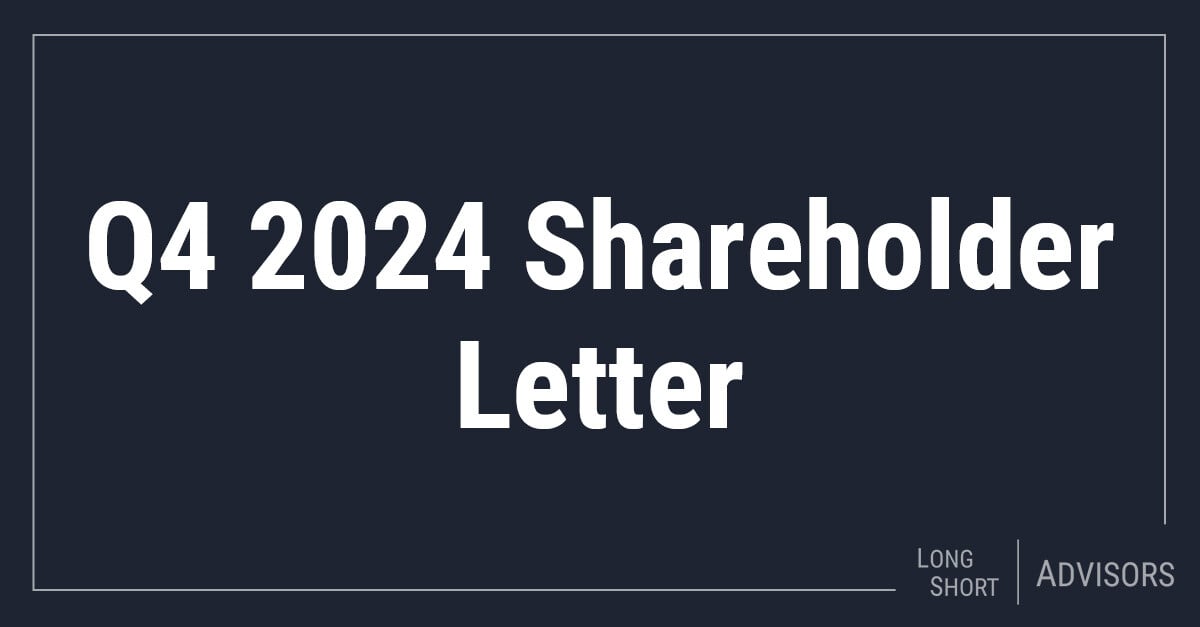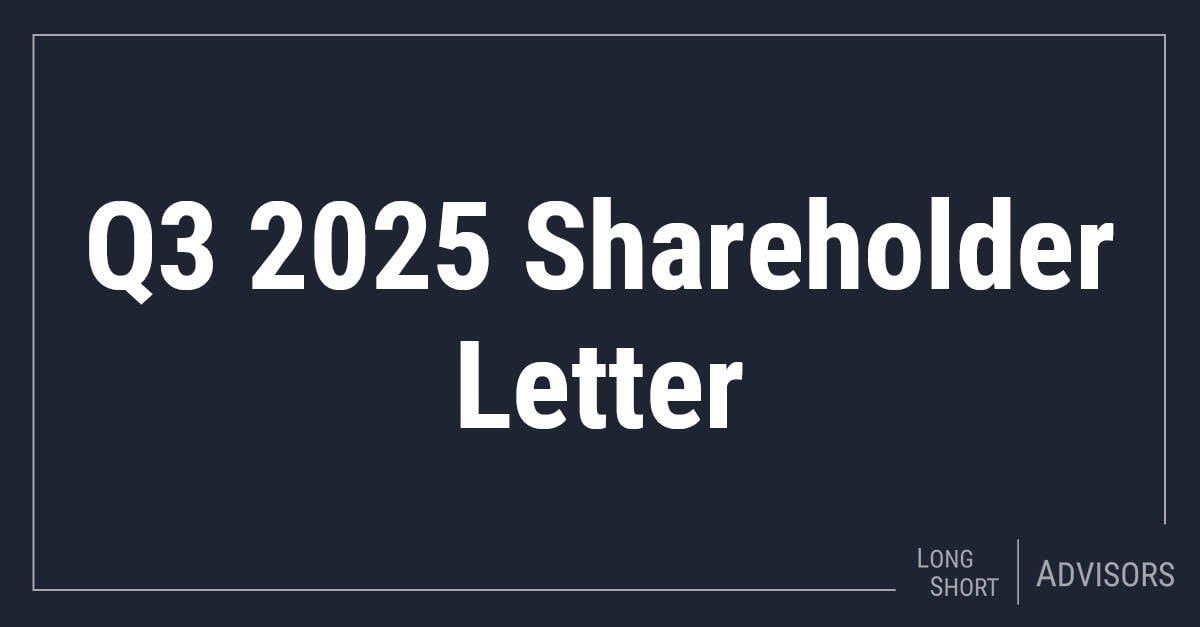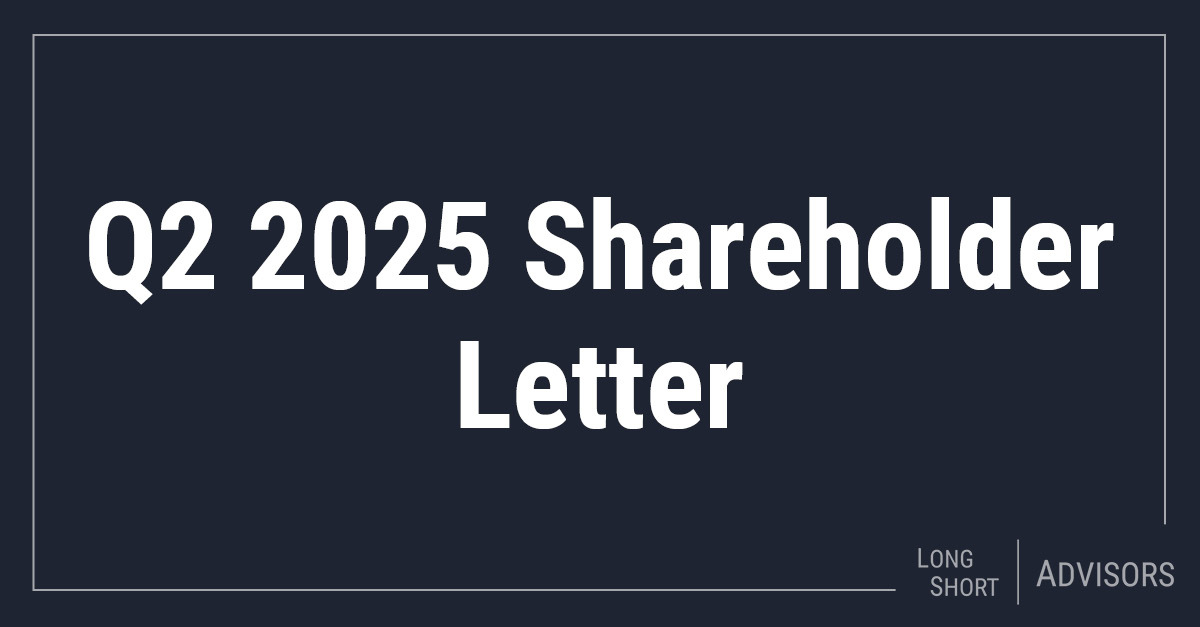Current Market Environment
The most consequential event of the fourth quarter was, undoubtedly, the U.S. presidential election, which saw a return to the White House for Donald Trump. After a long, drawn-out cycle where many feared it would take days if not weeks to declare a winner, the quick resolution combined with a GOP sweep of not only the White House but both Houses of Congress led to a significant stock market rally. Investors cheered the Republican sweep, seen as the most business-friendly outcome, leading to expectations of decreased regulation, an improved merger and acquisition (M&A) environment, and the potential for tax cuts.
However, this initial exuberance faded, and the market reversed course as investors seemed to key in on the potential implications of certain policies put forth by the incoming administration.
For example:
- The rhetoric surrounding broad-based tariffs and the potential for trade wars raised concerns as to the impact on inflation and the overall economy
- The extent of deportations was also called into question, including the impact on certain industries such as agriculture and hospitality…also having the potential to lift prices in certain industries
- Certain of President-elect Trump's cabinet nominations were seen as potentially harmful to specific sectors of the market (for example the nomination of Robert F. Kennedy, Jr. as head of Health and Human Services added to weakness in food-oriented consumer staples as well as vaccine makers)
- Lastly, the announcement of the creation of the "Department of Government Efficiency" (DOGE), headed by Elon Musk and Vivek Ramaswamy (who has since departed the effort), led to a significant decline in defense-industry stocks. This is despite the Trump campaign pledging to protect defense spending, and despite Treasury Secretary nominee Scott Bessent having stated his plan is to grow defense while “freezing” the civil side. Nonetheless, the market was concerned the sector might get roped in due to the massive size of Musk’s $2 trillion government budget cut goal, plus his prior commentary on Pentagon waste, and due to the sector having some non-defense government contracts as well.
We expand on our views regarding defense stocks in a separate section below.
The Republican sweep, combined with a still robust economy, contributed to the dramatic selloff in the bond market during the quarter. The 10-year Treasury, which began the quarter at 3.79%, reached 4.57% by year end as the market seemed to be pricing in both an improving economy and also the potential for rekindled inflation from many of the aforementioned policies.

This backdrop only seems to have made the job of the Federal Reserve even harder. While the Fed is in the midst of a rate-cutting cycle, the recent election undoubtedly creates a dilemma as to whether they continue cutting in the face of the fiscal stimulus likely to be passed by the new administration - risking reigniting inflation. Unsurprisingly, expectations for Fed rate cuts in 2025 continue to be ratcheted back. As of this writing, the futures market is predicting a year end 2025 Fed Funds Rate of 3.97% (currently 4.33%) as compared to an expectation of 2.96% at September 30 (before a Trump victory started to be priced in). Thus, four rate cuts (25 basis points each) have been taken out of forecasts in just over three months. Further complicating things for the Fed, while inflation has slowly been reduced, it remains stubbornly above the Fed’s 2% target (as can be seen in the chart below, which shows the year over year Core Personal Consumption Expenditure, a measure of how much money households in the United States spend on goods and services, and often referred to as the Fed’s preferred measure of inflation). We do not envy Chairman Powell's position, which increasingly seems to be between a rock and a hard place.

Against this backdrop of dramatically rising interest rates, and somewhat of an information vacuum as it relates to specific policy implementation by the new administration, most sectors saw declines in the fourth quarter. Indeed, the average S&P 500 stock was down during the period, exemplified by the equal-weighted index, which declined 1.9% during the quarter. Amongst the uncertain environment, investors once again flocked to the "Magnificent Seven" technology stocks, which drove over 100% of the return for the S&P 500 – contributing more than 290 basis points to the benchmark's gain during the quarter (and also accounted for over half of the benchmark’s return for the year). These seven companies now account for an astounding 34% of the index. This phenomenon has also caused the index’s valuation to reach heights not seen since the days of the "dotcom bubble." As can be seen in the chart below, the so-called Shiller or Cyclically Adjusted Price to Earnings (CAPE) ratio (which values the market based on inflation-adjusted average earnings over the prior 10 years), we are reaching nosebleed levels for the S&P 500.

Defending Defense
Prospector has a long history of investing within the defense space. We like the strong, predictable cash flows and solid balance sheets. Given the aforementioned selloff during the quarter, several of your portfolio’s holdings with exposure to the industry were a drag on performance. These names include: Leidos Holdings, RTX Corporation, and General Dynamics(1). Despite the declines in these stocks during the fourth quarter, we tend to push back against the market’s knee-jerk reaction. There are several reasons for this stance:
First, defense spending trends with the threat environment - and the global threat environment is VERY high. Vladimir Putin is threatening NATO allies in the Baltics. Xi Jinping has told his military to be ready to invade Taiwan by 2027 with a 2027-2035 timeframe for action. A two-front war later in the decade is certainly among the many possibilities. A Taiwan invasion especially would be a global economic disaster due to the high percentage of advanced semiconductors made there. Both sides of the Taiwan Straits contribute heavily to global trade, and both would be shuttered for a time. No presidential administration will want to have on their record that they allowed such a calamity, and military strength is the best way to avoid a conflict.
Second, Congress has the power of the purse according to the Constitution and there is strong bipartisan support for defense spending. There is also bipartisan support for most of the rest of U.S. Government activities once one gets past the simple stump speeches. We respect Elon Musk and his driven nature (despite his history of over-promising); serving in his DOGE capacity, he will certainly look for cuts and hopefully will find significant legitimate savings. However, we suspect the biggest impact to government spending will be caused by the short-term uncertainty in the ranks of contracting officers throughout many government agencies. This could cause some quarters of weak government orders impacting the backlogs of both civil and defense contractors. But, over time, we believe the vast majority of civil and military missions will not go away, and any changes made will tend to favor outsourcing and in turn our companies’ share of the government wallet. The historic rule of thumb has been that Republicans favor government outsourcing, while Democrats favor insourcing. Generally, our portfolio holdings benefit from outsourcing.
While we have taken some portfolio actions given the recent bout of negativity, we remain overweight the defense sector, and as always, will strive to take advantage of future volatility and opportunities presented.








